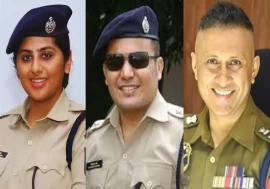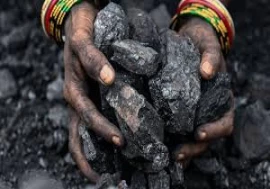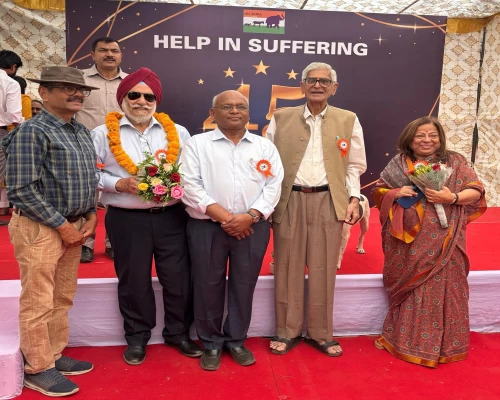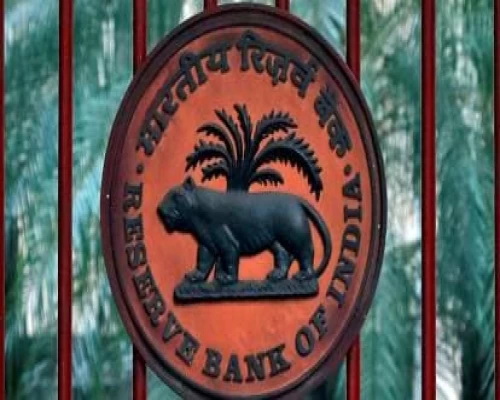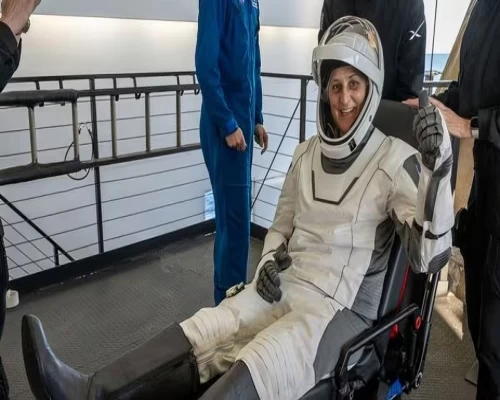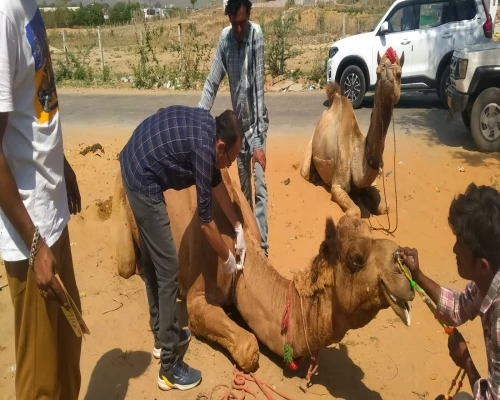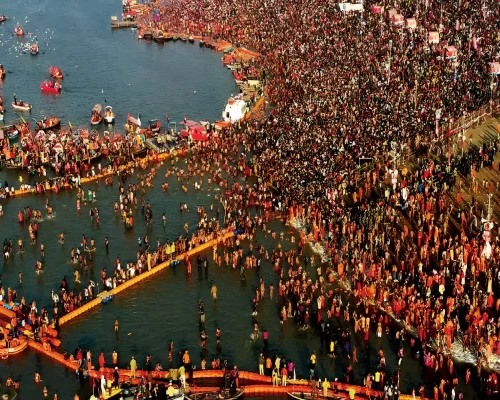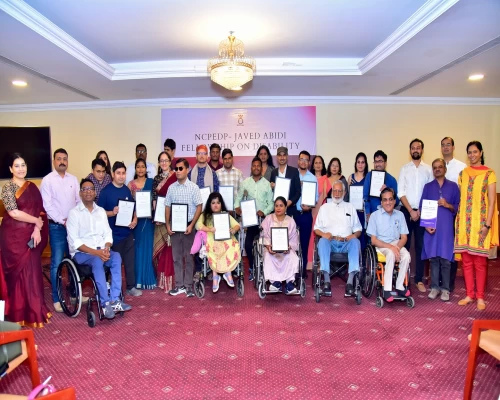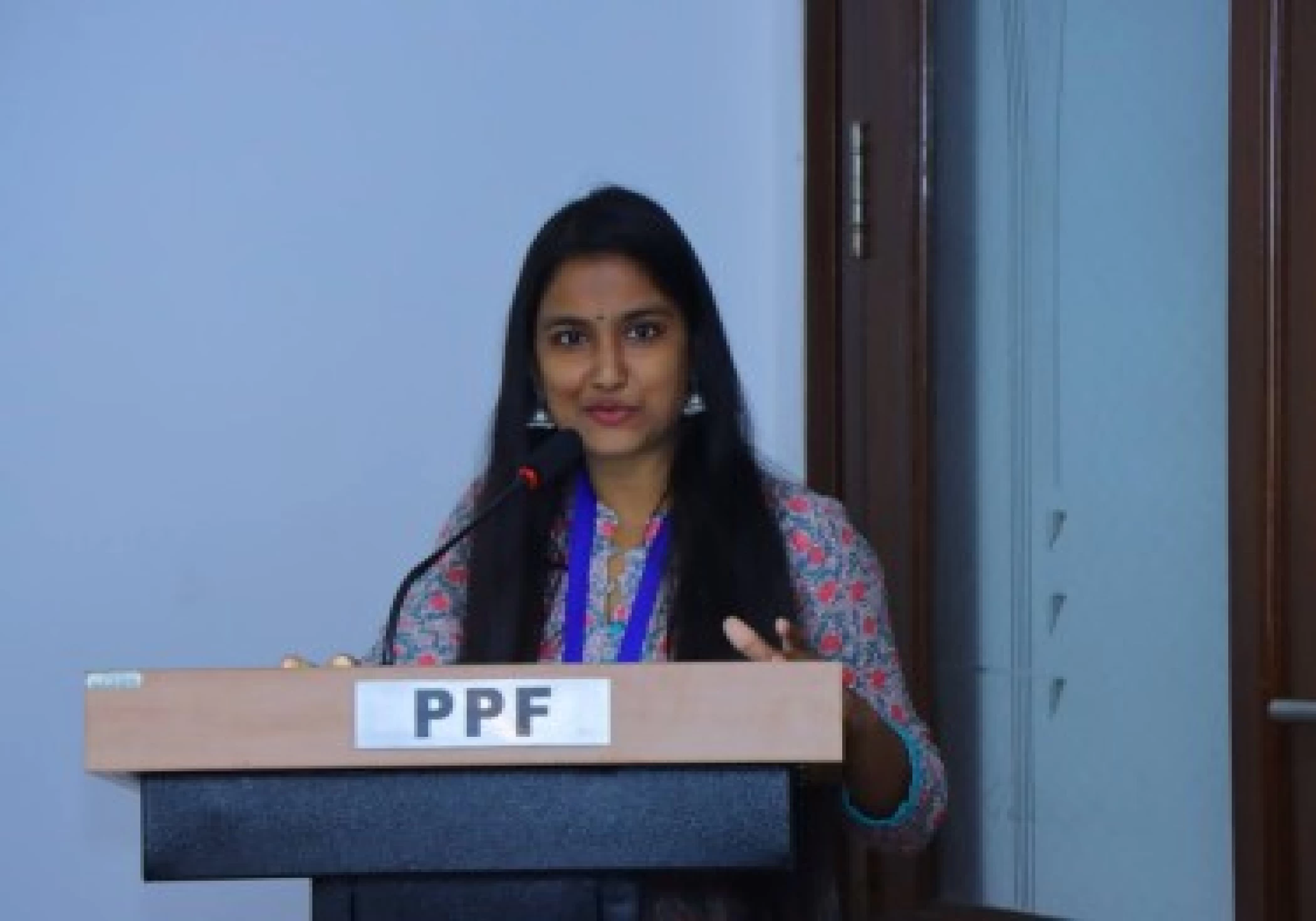
Mumbai: The Manodhairya Scheme was launched by the WCD department of the Maharashtra Government in 2013 following the ghastly gang rape in Mumbai’s Shakti Mills in August 2013. Implemented since October 2013, the scheme covers victims of sexual offences and acid attacks (women and children) by providing them financial assistance and support for those suffering from psychological shock. The scheme also provides, based on their requirements, rehabilitation by way of shelter, financial assistance, medical and legal aid, and counselling services to the victims, and support for normal and vocational education. The scheme also provides financial assistance of Rs. 1 lakh, and in special cases up to Rs. 10 lakh.
Considering the seriousness of the crime and the suffering caused to the victims, the government provides appropriate compensation to the victims. This is given jointly by the central and state governments, who can also use the funds for compensation under any other eligible schemes. This includes schemes like the Nirbhaya Fund established by the Centre and state schemes. The purpose of this article is to find out how many victims in the state have been able to receive help under the scheme in the last five years.
For this purpose, RTI queries were made and responses received in the form of data for five years (2017-2022 FY) under the Manodhairya Scheme from the Maharashtra Legal Services Authority. Based on this, a comparison has been attempted.
As per the fixed term under the scheme, the data shows that the average amount of interim compensation for each victim is Rs. 30,000/- only. There is no clear picture on final compensation, which may seem contradictory given the authority's statement that they make decisions based on the psychological shock suffered by the victims and provide them with shelter, financial assistance, medical and legal aid, and counselling services if necessary.
Number of Applications for Compensation - Despite the beneficiaries of the compensation, there is another contradiction between applications for the same.
The data shows the applications applied by the victims and accepted by the authority. Out of 7,934 applications from rape victims, only 1,144 have been accepted by the authority for compensation. It is very sad to see that not even 50% of the applications are considered by the authority.
It is worth noting that recently the NCRB released the report ‘Crime in India 2022’ in December 2023, where Maharashtra ranked fourth in rape cases (2,904 incidents), after Rajasthan (5,399) at the top position, Uttar Pradesh (3,690) ranked second, and Madhya Pradesh third (3,029).
As per some experts who are working on the ground for women and children, there is some confusion within courts themselves, and several times they are not granting compensation due to conflicts between schemes. Judges believe that the victims are getting compensation under this Manodhairya scheme, and therefore, provisions for interim compensation and final compensation are not being utilized. In the absence of a support person and a lawyer, the women and children end up getting no compensation. Though the upper limit is Rs. 10 lakh, only 1-2 severe cases received that amount. Otherwise, they end up getting Rs. 30,000, which comes after months and months, sometimes after a year and a half or two years. This shows that there is a clear gap between stakeholders, the court, and DLSA.
There are several other on-ground problems as well, such as some victims not having bank accounts, which are needed, or documents like Aadhaar card, etc. Under the Manodhairya scheme, people who have seen only 4-5 cases have received compensation of Rs. 30,000, which is the first interim amount given in such cases.
Conclusion and Way Forward
Giving compensation alone to any rape or acid attack victim cannot make the trauma go away, nor can the grief be measured with money alone. It is our understanding that these compensations are gestures by the governments acknowledging their responsibility, and also an effort by the government to alleviate their suffering a little. Therefore, making proper arrangements for compensation in such cases is an important responsibility of the government.
The amount currently being given to the victims does not appear to be sufficient when seen against the nature of the crime and the trauma suffered by the victims. It is therefore necessary to consider increasing the amount being disbursed. The data shared above reveals that the interim compensation was received by very few victims. Since this aspect is looked after by the DLSA unit, it may be necessary for the authority to ensure that the DLSA works in the best interest of the victims.
Transparency is another requirement. The availability of data regarding compensation in the public domain provides enhanced clarity and helps create awareness among the victims, well-wishers, and those who help them. This will help receive assistance, especially for victims who come from poor backgrounds.
There is another matter of concern for society and the governments that relates to the rising rates of serious crimes against women and children, not only in the state of Maharashtra alone but also in almost all the states. Looking at the problem only as one of giving compensation may not help. The existing measures to deal with this kind of crime have succeeded only partially. There is a need to create space for stakeholders to join the process of curbing these crimes, as co-opting the stakeholders in the process will help remove the existing opacity.
The author is Chief Coordinator cum Researcher, Policy Perspectives Foundation (PPF).


